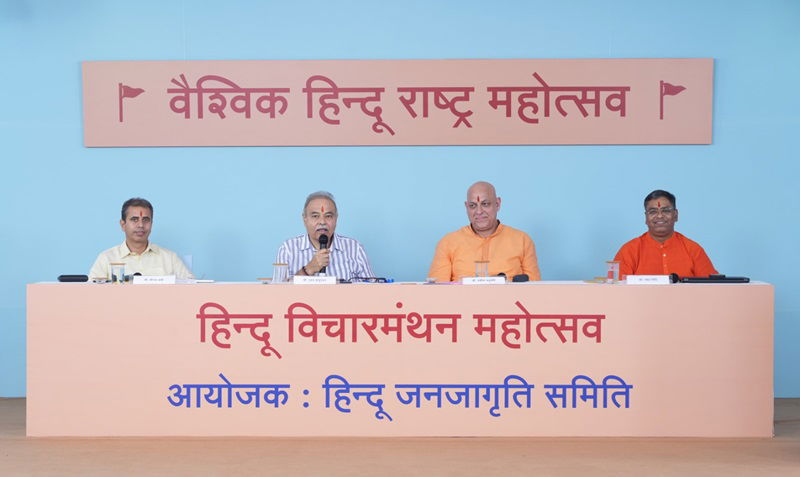An Anti-Hindu Narrative – A conspiracy to tarnish the image of Chhatrapati Shivaji Maharaj ! – Mr Uday Mahurkar, Ex. Information Commissioner, Government of India


‘Vaishvik Hindu Rashtra Mahotsav’ : Press Conference
DISCLAIMER: The author is solely responsible for the views expressed in this article. The author carries the responsibility for citing and/or licensing of images utilized within the text.
